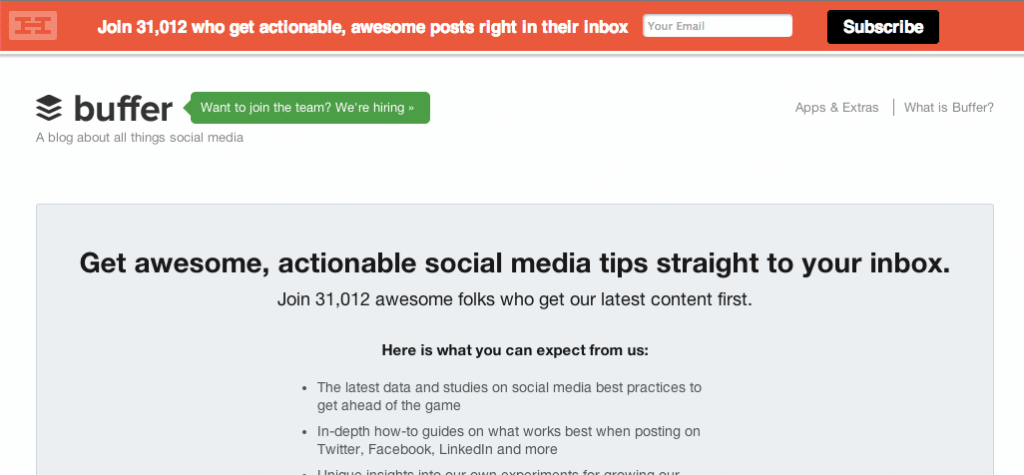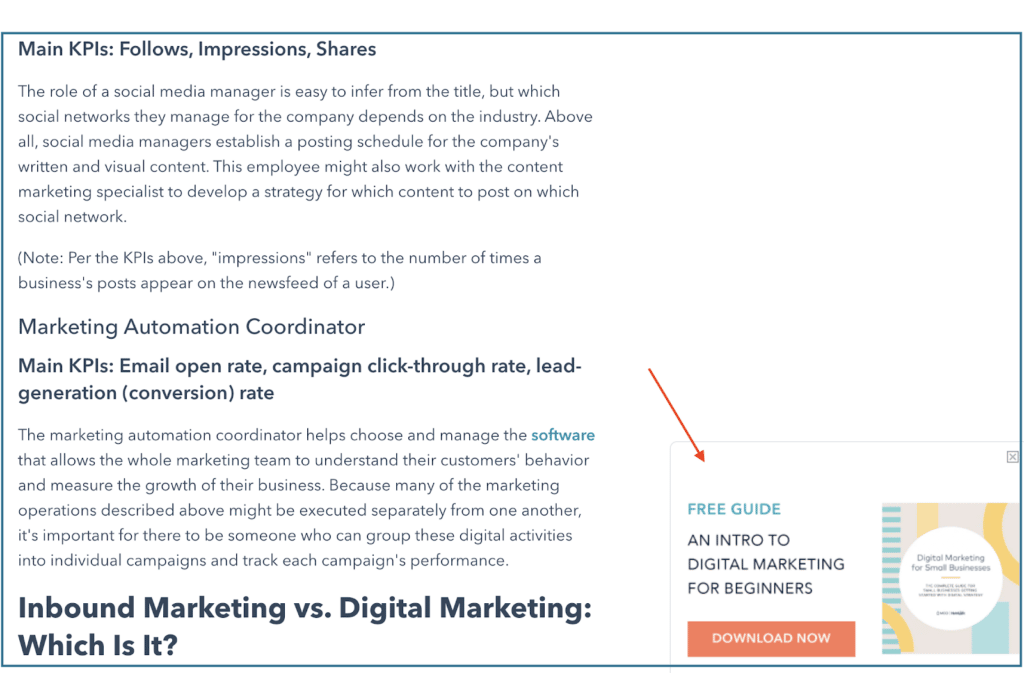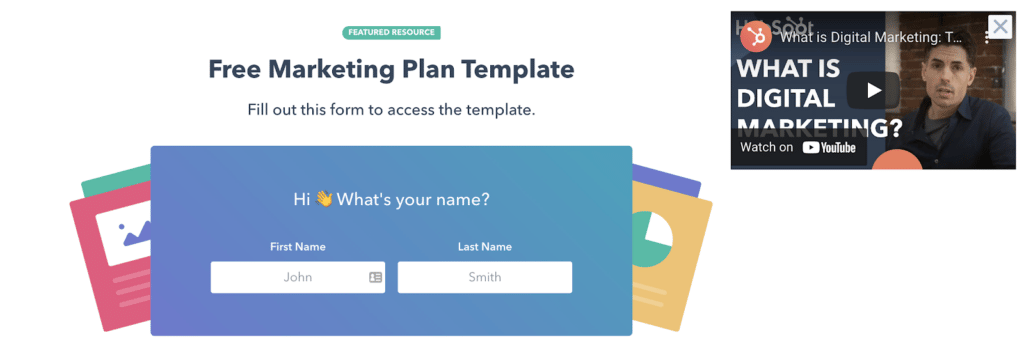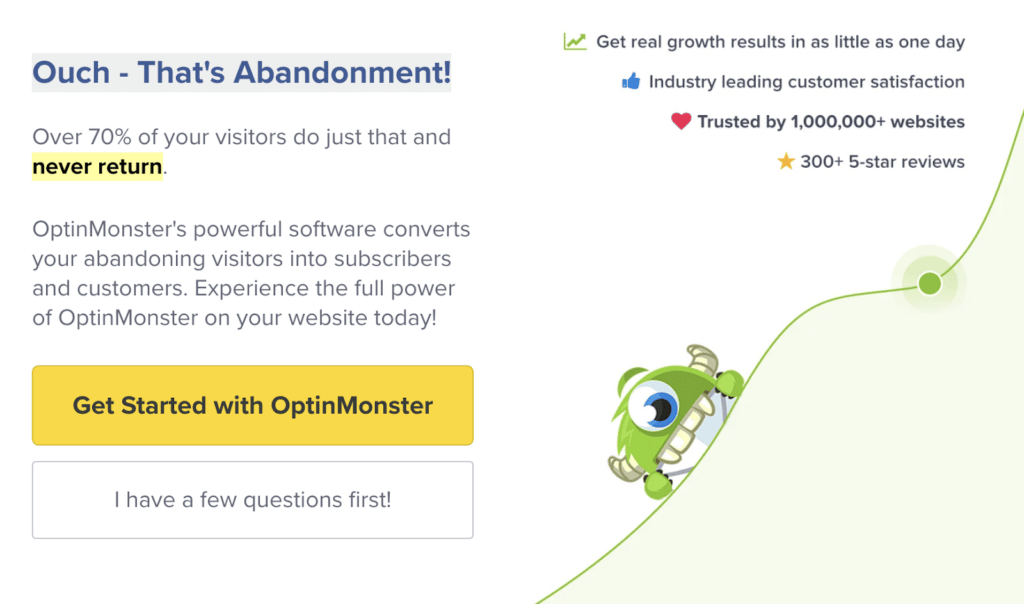Consistently blogging can do wonders for your business especially when it comes to building long-term authority, showcasing your expertise, generating leads, growing your website traffic, and driving sales. In fact, businesses that prioritize blogging are 13 times more likely to achieve a positive ROI.
The thing with blogging is that it takes time. For example, the average time it takes to just write one blog post is 3 hours and 55 minutes.

Putting in the time and investment needed for blogging can yield stronger results as well. I get that not everyone has the time to write out 1,000+ blog posts every single day or even week, but it’s important that you set your own cadence. This means that you develop a content calendar that outlines specific days you’ll publish fresh content.

With all of this in mind, in today’s blog post I’m going to highlight specific ways you can craft a blog post that is geared towards lead generation. Of course, there are a multitude of ways to go about doing this, but I consolidated some of my favorites into one place.
Before we dive in, let’s take a look at why blogging is so important for businesses:
- Blogs that post daily get 5 times more traffic compared to those that don’t.
- Long-form posts generate 9 times more leads than short-form blog posts.
- Compounding blog posts make up to 10% of all blog posts and generate 38% of overall traffic.
- Over its lifetime, one compounding post creates as much traffic as six decaying posts.
- B2B companies that blogged 11+ times per month had almost three times more traffic than those blogging 0-1 time per month.
- B2C companies that blogged 11+ times per month got over four times as many leads as those that blog only 4-5 times per month.
- Content marketing costs 62% less than traditional marketing and generates about 3 times as many leads.
- SEO leads have a 14.6% close rate, while outbound leads (such as direct mail or print advertising) have a 1.7% close rate.
- 96% of B2B buyers want content from industry thought leaders.
- 78% of B2B buyers use case studies when researching purchases.
- 57% of B2B buyers make their purchase decision before ever speaking to a salesperson.
Let’s get started…
Have a clear purpose behind each blog post
Developing content that you actually enjoy writing is one thing but putting science behind your efforts such that you’re doing the needed research to understand how popular the topic you want to write about is as well as how it is being searched for online will be tremendously helpful. Therefore, having a clear purpose behind each blog post boils down to the following criteria:
- Know who you’re writing for.
- Know the problem you’re solving so you can position this in your blog posts.
- Understand the lifecycle stages your blog posts fall under.
- Take into account content clusters. This will be a huge win SEO-wise.
- Attach analytical insight so you are writing content that is truly engaging.
Vary up CTAs throughout your blog content
One of the most obvious ways you can go about getting readers to take action is to tell them to. This can come in the form of an actual banner, text, video, and visual infographic. In order to know which is most effective you’ll have to test and rely on data to help you understand which is going to yield the desired results.
Here are some examples to consider today:
1. Hellobar

The advantage of testing out Hellobar is that it doesn’t interrupt the user experience, is always prevalent, and located in a place where the eyes would naturally navigate upon landing on a web page. An important factor to know is that your CTA messaging here will need to be really succinct as it is limited by word count. On the flip side, this will encourage you to figure out what really drives engagement and for whatever works, you can then transcend to other avenues such as your ad copy.
2. Slide-In CTAs
Timing is everything. For this reason having slide-in CTAs that are contextually relevant to each blog post is another way you can test out engagement.

3. Offer exclusive content downloads
Expanding the lifecycle of your content assets should be an integral part of your entire content strategy. More specifically, every new blog post you publish can include relevant and more exclusive content that readers can dive into. Here’s an example:

Website welcome pop-up
Having an immediate way to greet your site visitors is a great way to try to boost conversions as well as overall engagement. My recommendation here is to be methodical about how you approach these. Some could deem them as annoying AF, however, if you’re offering something valuable, it can be interpreted differently. As always, keep the problems and challenges of the target audience top of mind. Here is an example for driving more subscribers:

An exit pop ain’t ever hurt nobody
Before people leave your site or blog, you can trigger an exit pop-up which is a great way to re-engage and try to get people to take action prior to leaving. Just as you would leverage welcome pop-ups, exit pop-ups should bring value and position a problem you have a solution to. Don’t focus on just the “sale”, rather, focus on what it is you can do to help. Doing so will further build trust and credibility.

Wrapping it up
These ideas may feel overwhelming such that it might seem like you’re stuffing a lot into one blog post. My recommendation is to roll out each of these to different blog posts, then look at which ones are actually driving better results. Once you collect this data, you’ll then be able to make better decisions on which ones you should be using moving forward.
Finally, know that the purpose your blog posts serve. Typically I go with driving a ton of value first and then everything else follows. Positioning my blog this way has even helped me yield a 603% ROI with a single blog post, which I wrote about here.






One Response
Thanks!!! This is a great post but I feel I have to read it a few times more to get it under my skin 🙂 But I will! Need to be better at posting and improve all the time! And I need to ‘recofigure’ my thoughts about pop-ups 🙂